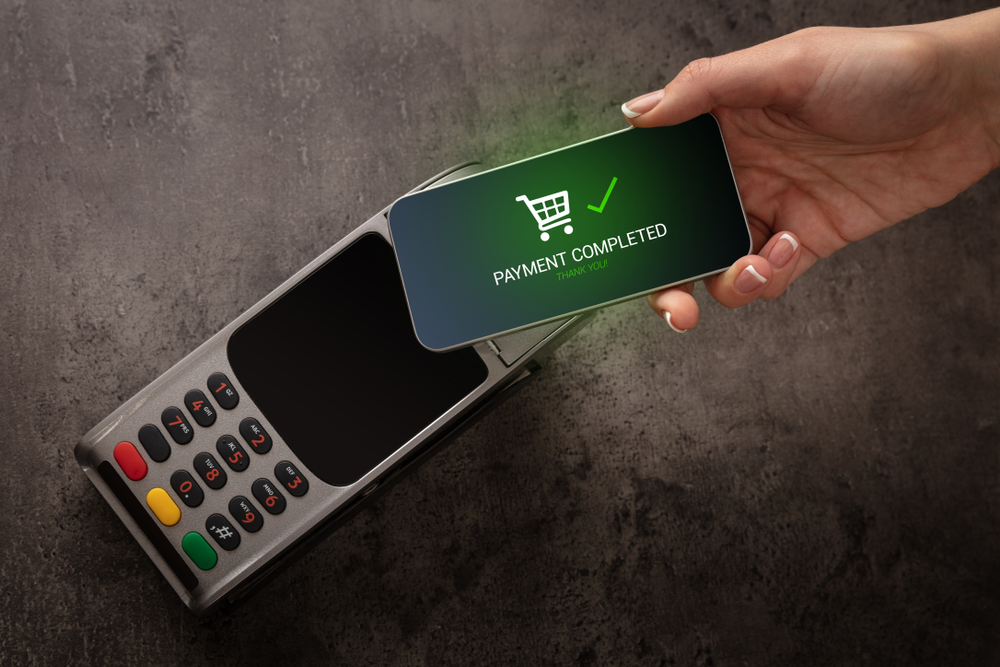In today’s digital marketing arena, retail marketers are quite adept at using marketing automation tools for their business. Be it email automation or SMS or campaign orchestration, the adoption and usage of such martech tools have increased substantially. A CDP or Customer Data Platform is the latest martech product that has caught the attention of retail marketers.
Real-time marketing automation systems built on a solid platform such as a CDP can upgrade a martech stack to a whole new level. The primary and most quintessential feature of a CDP is unifying customer data from various sources and data silos. The unified customer data gives marketers an overall view of the customer’s online and offline interactions with their brand. This single customer view makes it possible for marketers to deeply understand customers and serve personalized offers and recommendations via their preferred channels and devices.
But before trying out any tool, marketers always look for use cases or case studies that can help validate why such tools can elevate their business. This article is aimed at fulfilling this exact requirement which is – what are some of the interesting CDP use cases for the retail industry?
6 CDP Use Cases for Retail Marketers
1. Intent-based targeting

A new user comes to a retail brand’s website with an intent to purchase a particular product but drops off. Although the user is anonymous, marketers can target the person through various online channels such as onsite and browser push notification. This could be achieved by tracking the anonymous user’s cookie via the CDP.
Alternately, when the user exhibits intent to exit the website, a lead form pops up, asking him to fill up his details. The user fills up his details and submits the form, as a result of which he can be targeted with specific, seasonal offers and incentives on channels such as email and SMS.
Read more: Intent-based Marketing in the Retail industry
2. Promote in-store purchases by tracking online behavior

Mapping a retail customer’s online shopping behavior with offline purchases is the next big thing in enhancing customer experiences. A CDP can easily keep track of customer journeys and assist marketers in engaging users with the right offer in real-time.
For example, Dean visits a retail website and adds some items to the cart. However, he doesn’t complete the purchase and drops off. Later, he visits the brand’s retail store and instantly gets a mobile app notification with a customized offer for the items that he had earlier selected online. Dean immediately proceeds to buy these items from the store. Here, as soon as Dean entered the store, he triggered a geofence in real-time, which was recorded by the CDP. By looking at his past online activity, his offline experience was enriched in-store.
Read more: Geofencing Marketing: Targeting Financial Customers On-The-Go
3. Re-targeting users after cart abandonment on the website

Cart abandonment is a common trait observed in online retail consumers. No retailer wants a customer to add items to the cart and then abandon it. A CDP’s single customer view can help the retailer in re-targeting such users by sending them personalized reminders via various digital channels.
In the above example, after Dean has abandoned the cart, he gets personalized messages via email and mobile app push notifications that push him to complete the purchase.
Read more: The Ultimate Guide to Single Customer View
4. Track past purchase history and initiate real-time product recommendations

Retail marketers can use the CDP to analyze a customer’s purchase history and target them on the website in real-time. This can be done by segmenting customers based on their purchasing patterns and targeting them with personalized offers related to their preferred products.
For example, Mary regularly buys a certain brand of lipstick from a retail website. Marketers can utilize this information and target her with real-time customized offers related to the product or other similar products.
Read more: Marketing Automation & CDP: The Perfect Combination?
5. Promoting online purchases when customer transacts at an offline store

Store records of customers can be used to personalize their website experience and encourage repeat purchases. Using the CDP, marketers can fetch a user’s store visit records and use that information for better cross-sells and up-sells.
For example, Mathew purchases a PS4 from a retail store. To encourage him to continue his purchases, the brand fetches his preferred channel details from the CDP. Mathew’s preferred channels are email and onsite notification. The brand then targets him via these channels with customized online offers for PS4 games and accessories. This kind of contextually-relevant offers resonate well with Mathew and he’s very likely to make a purchase from the store.
Read more: 4 Ways Marketers Can Increase Website User Engagement
6. Real-time call center integration

Retail marketers can use the CDP to send out real-time triggers to a brand’s call center team when a prospect or a customer is on the website. This way, they can immediately call the customer, understand his requirements, and push him to make a purchase or visit a nearby store. This kind of real-time hand-holding will increase the number of online purchases as well as offline store walk-ins.
For example, Bryant is an existing customer who browses a retail brand’s site. The brand’s marketers note that Bryant is a high-value customer. A real-time trigger is sent to the brand’s call center using the CDP. The call center representative contacts Bryant and helps him meet his requirements.
Watch: The Link between Digital Marketing and the Contact Centre
Conclusion
The above 6 use cases give concrete evidence as to why CDPs are essential for a retail business. From discerning customer data to creating unified views to boosting customer engagement and conversions, CDPs deliver the much-needed uplift a retail business needs to stay afloat in this highly competitive industry.
Get access to 14 more CDP use cases for the retail industry by downloading the following e-book:
DOWNLOAD E-BOOK: 20 CDP USE CASES FOR RETAIL
By Bijoy K.B | Senior Associate Marketing at Lemnisk

Great content! Super high-quality! Keep it up! 🙂
Thank you for such an informative article. I especially liked your insights and examples. Great job!